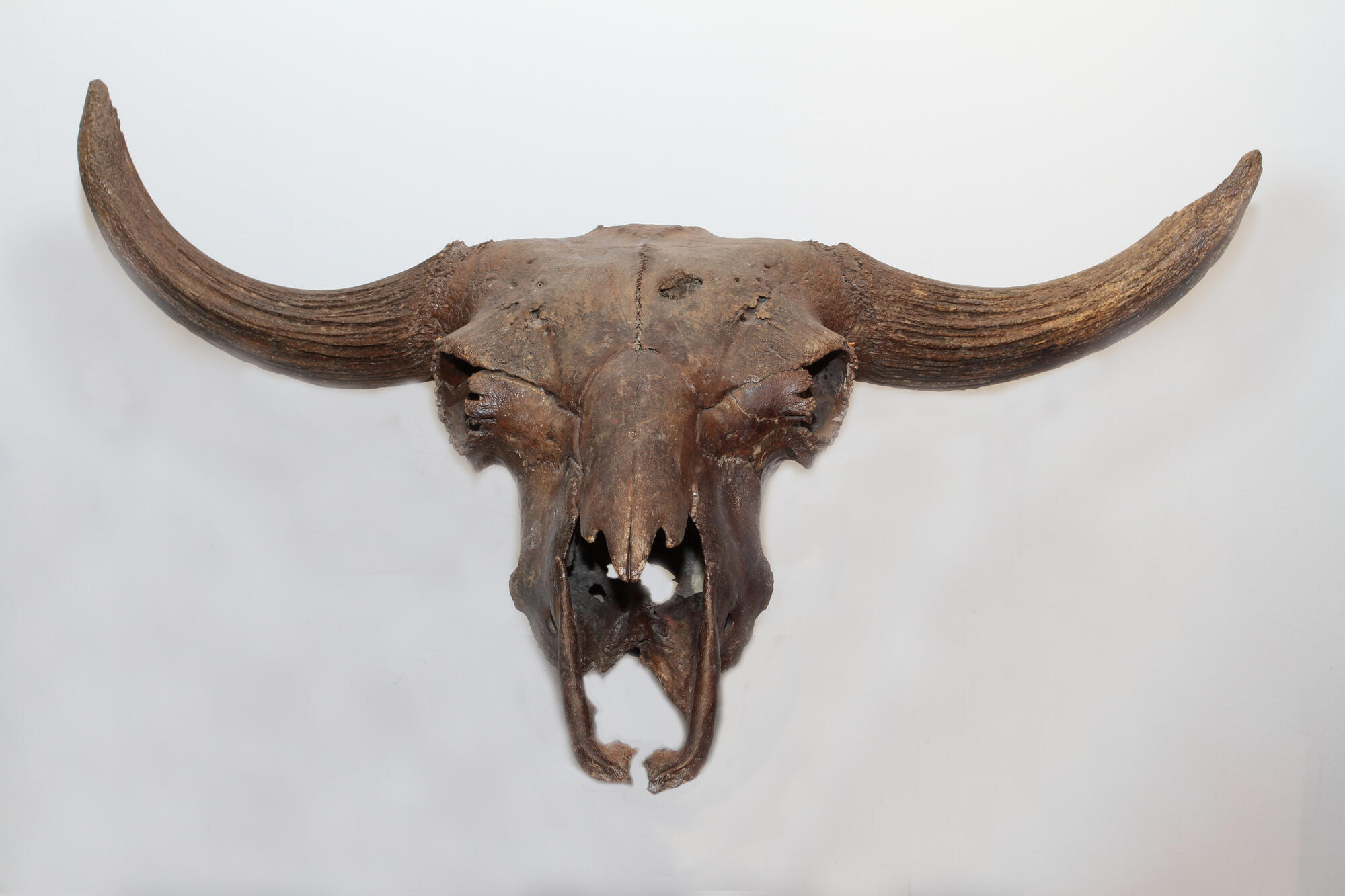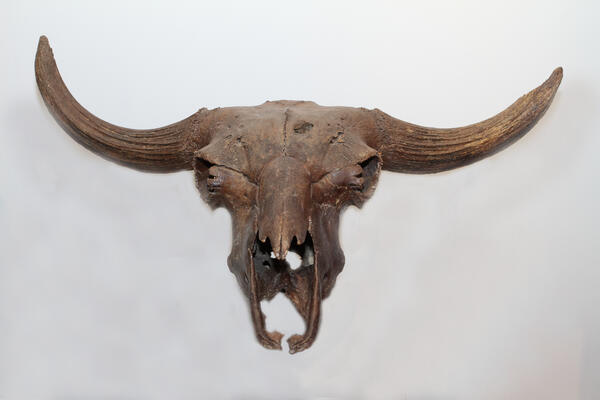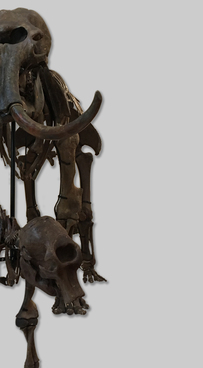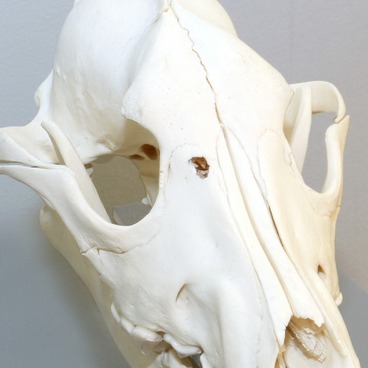The primitive Bison priscus, or steppe bison, originated about 1.5 million years ago in South Asia. The oldest of those did not differ that much in size from modern-day cows, but by the time the species flourished about 500,000 years ago, these bison had reached 3 meters in length, 2 meters at the withers, and weighed 2.5 tons. By that time, the herds of them in Eurasia were enormous - animals roamed the plains from the British Isles to Kamchatka, from the Taimyr Peninsula to the Tien Shan mountain range and Tibet, and in the Americas they were present from Alaska to the Gulf of Mexico.
Steppe bison fed on grass, plant shoots, and the foliage in shrubs. During the wintertime, their main source of food was dry grass, moss, and lichen. Bison were able to feed themselves even when the snow cover was up to 1 meter in depth. Well-developed olfaction helped them find food: bison could pick up a scent from 2 kilometers away. Sensing the grass hidden below the snow cover, they scattered snow with their hooves, and then dug a hole with rotational movements of their head and snout.
With shrinking grasslands due to climate change, bison became fragmented, and about 10,000 years ago they went extinct. American and Belarusian bison, and the bison in the Caucasus, are considered to be the descendants of steppe bison.
Finds involving the entire skeletons of steppe bison are rare, and mainly large bones and skulls have survived up to the present. They have been found in various areas around Yugra. One of the finds made within the boundaries of Khanty-Mansiysk - the skull of a steppe bison - was donated by local residents to the museum, and now it has become part of its paleontological collection. When alive, this bison could have weighed from 900 to 1,100 kilograms. Its height at the withers ranged from 140 to 200 centimeters, and its body length was from 220–300 centimeters. Its powerful body was covered with thick, dark wool: near the head and withers that grew up to 50 cm long, and turned into a kind of mane.
On the average, the life span of steppe bison ranged from 20-25 years. Steppe bison had few natural enemies, and were mostly only attacked by Eurasian cave lions and wolves. If danger arose, the bison could lacerate the predator with its horns, crush it with its mass, hammer it with its hooves, or flee from it: the animals could reach speeds of up to 50 kilometers per hour. Prehistoric humans used corral hunting methods, and therefore many buffaloes fell prey to them, despite the differences in mass. Scientists find bones and images of primitive steppe bison at sites where prehistoric humans set up camp.
Steppe bison fed on grass, plant shoots, and the foliage in shrubs. During the wintertime, their main source of food was dry grass, moss, and lichen. Bison were able to feed themselves even when the snow cover was up to 1 meter in depth. Well-developed olfaction helped them find food: bison could pick up a scent from 2 kilometers away. Sensing the grass hidden below the snow cover, they scattered snow with their hooves, and then dug a hole with rotational movements of their head and snout.
With shrinking grasslands due to climate change, bison became fragmented, and about 10,000 years ago they went extinct. American and Belarusian bison, and the bison in the Caucasus, are considered to be the descendants of steppe bison.
Finds involving the entire skeletons of steppe bison are rare, and mainly large bones and skulls have survived up to the present. They have been found in various areas around Yugra. One of the finds made within the boundaries of Khanty-Mansiysk - the skull of a steppe bison - was donated by local residents to the museum, and now it has become part of its paleontological collection. When alive, this bison could have weighed from 900 to 1,100 kilograms. Its height at the withers ranged from 140 to 200 centimeters, and its body length was from 220–300 centimeters. Its powerful body was covered with thick, dark wool: near the head and withers that grew up to 50 cm long, and turned into a kind of mane.
On the average, the life span of steppe bison ranged from 20-25 years. Steppe bison had few natural enemies, and were mostly only attacked by Eurasian cave lions and wolves. If danger arose, the bison could lacerate the predator with its horns, crush it with its mass, hammer it with its hooves, or flee from it: the animals could reach speeds of up to 50 kilometers per hour. Prehistoric humans used corral hunting methods, and therefore many buffaloes fell prey to them, despite the differences in mass. Scientists find bones and images of primitive steppe bison at sites where prehistoric humans set up camp.



